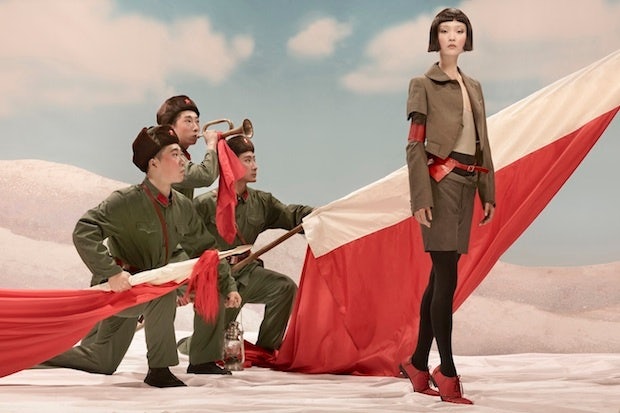Leading Figures From The Worlds Of Art, Design, Luxury And Culture#
A look back at Jing Daily’s favorite interviews from the first half of a very busy 2012, from fashion photographer Chen Man and designer Guo Pei to jazz singer Zhang Le and chef David Laris.
Top Chinese Fashion Photographer, Chen Man#
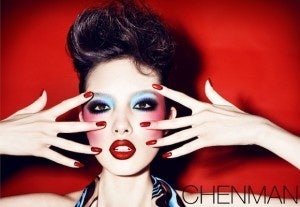
For the young generation raised in the 1990s, they enjoyed the material world as imported from Western countries, and they got jobs, got married, settled down, and had a baby relatively easily. Although people outside of China think Chinese society is dynamic right now, actually it’s pretty restrained. Since Chinese people don’t like local brands, local designers can’t get the respect they often deserve. This is also why China doesn’t have any important independent local designer brands as of yet. Chinese society is sort of innately feudal, and the country comparatively recently went through the Cultural Revolution. Therefore, Chinese people are used to suppressing their inner thoughts, pretending they’re satisfied with their circumstances, and Chinese society embraces the values of the Western material world.
The new generation should stop imitating Western, Japanese and Korean culture, heritage from “old China,” political pop, the played-out symbols of the Cultural Revolution, and so forth. It’s about time for the new generation to build their own aesthetic and moral language.
Chef & Restaurateur David Laris (Part One) (Part Two)#
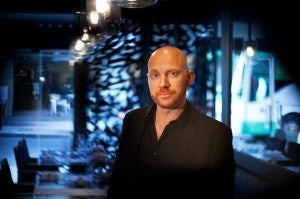
I think in Asia, there’s more money being spent on concepts, there’s a more interested market, there’s a lot of creativity and there’s a lot of fresh blood here. So I think increasingly what we’ll see is concepts born in Asia, in China and in Hong Kong, which will go the other way. And that’s always been my ambition. We don’t need New York or London to tell us how it should be done. I have a lot of reverse patriotism towards Asia, which is kind of funny because you’d expect it to be the other way around, but I’m very loyal to Asia. I’ve been in Asia most of my life — I’m originally from Australia, which you could say is pretty close to Asia — not to say we’re not all learning from each other.
Osage Gallery Founder & Director, Agnes Lin#
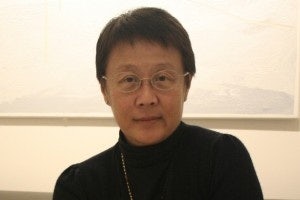
I believe both Hong Kong and Singapore are at a similar stage in their cultural development, and therefore we take largely the same approach when presenting exhibitions in both cities. It is interesting to note that audiences in both Hong Kong and Singapore have been increasingly interested in more intellectually challenging conceptual art, an area in which we have a particular interest. Osage will continue to present curatorially driven projects and exhibitions, and to promote international and Asian contemporary visual arts. We aim to be a catalyst for the creative expression of artists and the active engagement of audiences of the arts of our time.
Designer Thomas Dariel Of Shanghai’s Dariel Studio#
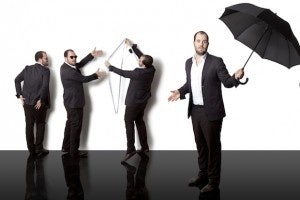
I think my European background is a good thing, but my experience in China is much more important. Honestly, I don’t feel mad at or afraid of my competitors, because they’re kind of like an engine for me to push myself to constantly get better and better. I respect them as a designer and wish them the best, because it’s really difficult to work in the Chinese market without any experience. Moreover, it’s not enough to pretend to be an international designer. The biggest challenge for me and my team is to stay innovative and creative all the time. After five years in China, we know the market very well and know how to organize our project management. Furthermore, I’ve gotten a lot of inspiration from Chinese culture to create new designs.
Fashion Photographer & Artist Quentin Shih#
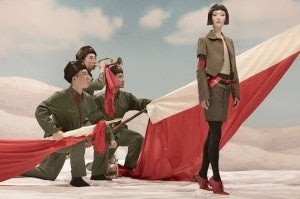
Commercial photography requires teamwork, and if you stick only to your personal style it’s pretty selfish. One of the most pleasurable things about commercial photography isn’t just the creative side, though, it’s collaborating with a team. Essentially, you can satisfy your own interests and artistic whims while having a sense of achievement and making your client happy.
Through photography, we can tell a story. We can paint with light. I like my photography to be dramatic, but to also have a narrative, and to be real.
Top Chinese Fashion Designer Guo Pei#
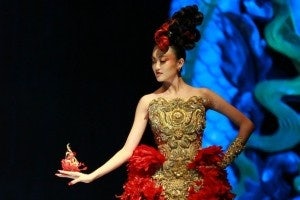
What is fashion? Fashion reflects the tastes of this day and age. It’s a reflection of what people are feeling. Now Chinese people’s tastes show a kind of national spirit, so through my designs I try to reflect the current place in which Chinese people find themselves. I try to interpret national feelings. So I feel my designs are fashion.
But I don’t rely only on Chinese elements. I do believe, though, that classic elements need to work their way in organically, slowly infusing themselves into pieces. I’m not part of pop culture, although what I do may coincide with pop culture.
Zhang Le, Chinese Jazz Singer#
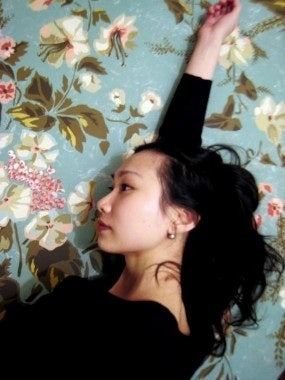
Shanghai was called the “Paris of the East” in the 1930s, and if you listen to the old songs from that era, you can understand the popularity of jazz in China. I was singing at the Hilton Shanghai back in 2000, and before I left for Boston in 2004, Shanghai had already become quite well known for its jazz scene in Asia. However, things are getting even better now.
We have the Shanghai International Jazz Festival every year, and that attracts so many great musicians from all over the world. Compared to a couple of years ago, we have a much younger audience, and they’re interested in hearing something new. I think jazz will catch on among more and more Chinese people, but since it is not mainstream music, its influence will be limited.
Diana Tu of Shanghai Cult Boutique, Le Lutin#
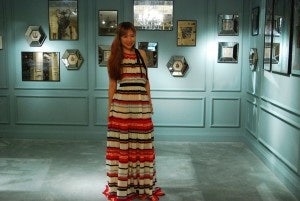
To us, putting together a store like this is something we’ve wanted to do for a long time, so we want the interior to show a sort of continuity. Like the coffee table in front of the sofa, and that flag on top of the table, those come from the first store. Of course, this space is much larger, so we have to plan it out differently. In this room here, going forward we hope to work with designers on special pop-up shops and organize some small-scale art exhibitions. At first glance, the new space has a sort of traditional European style to it, which is interesting because Le Lutin’s overall aesthetic and the way we curate our inventory has a European vibe.
